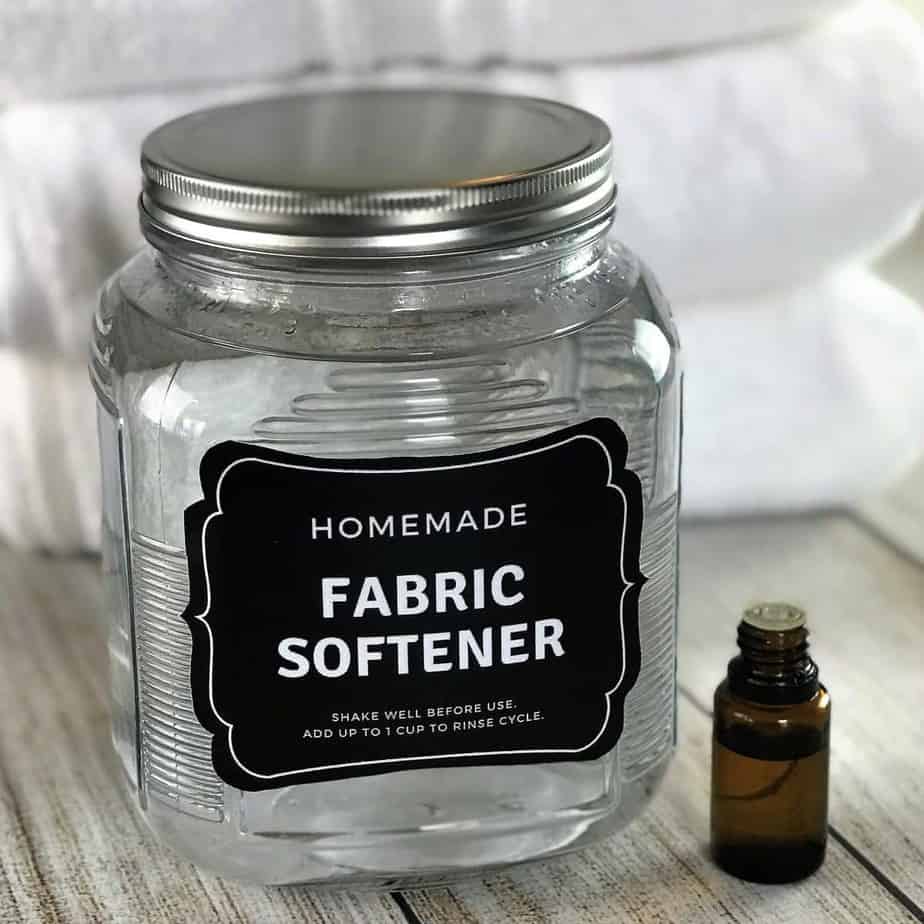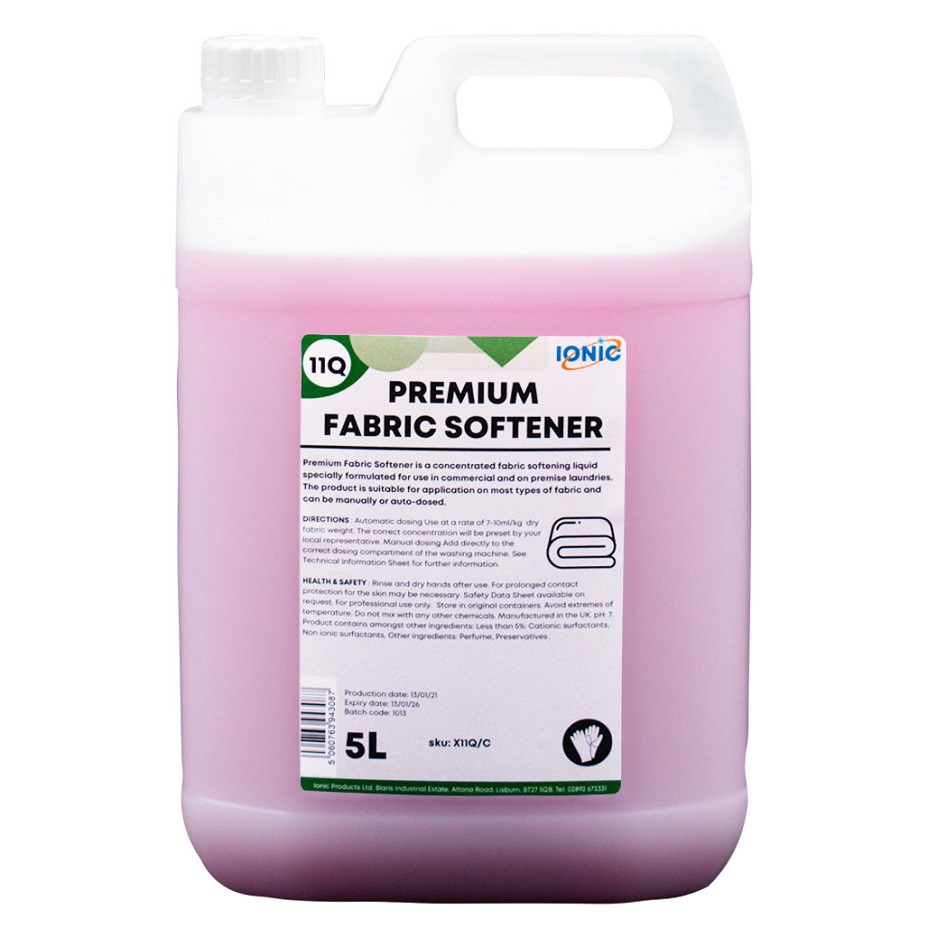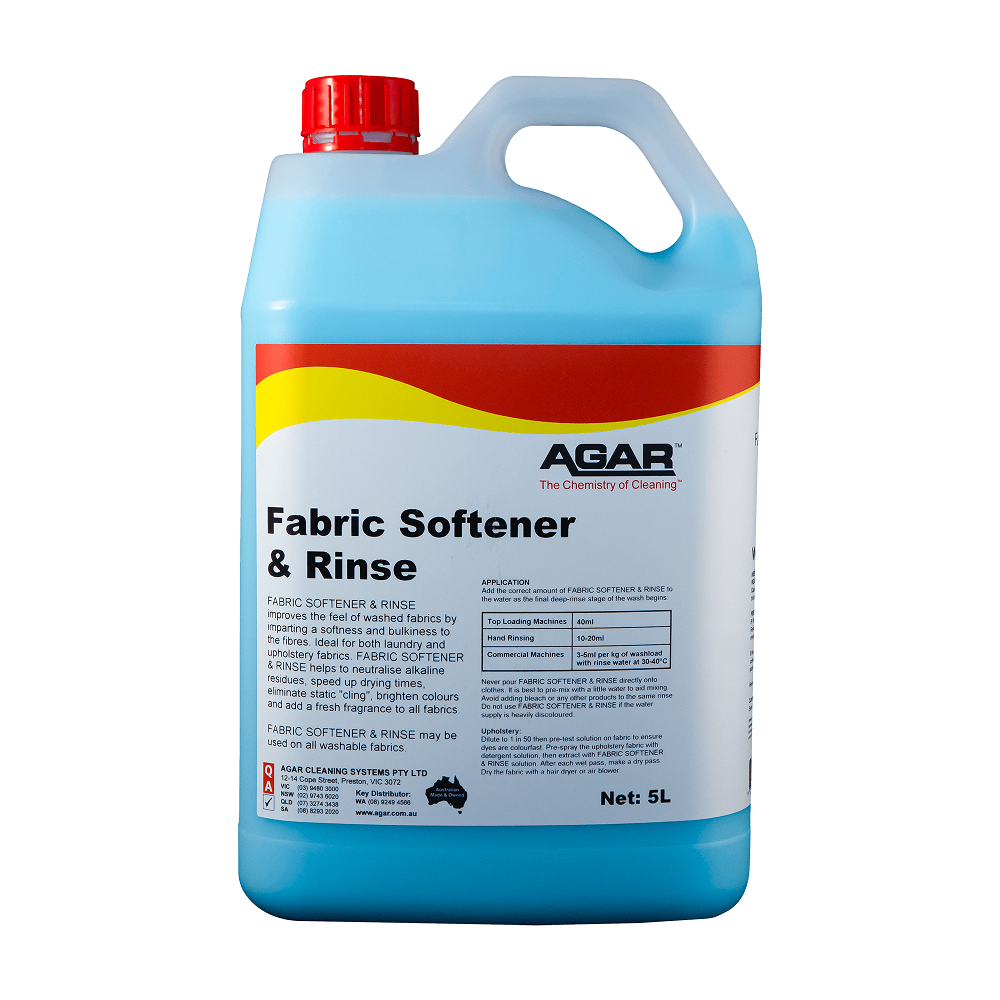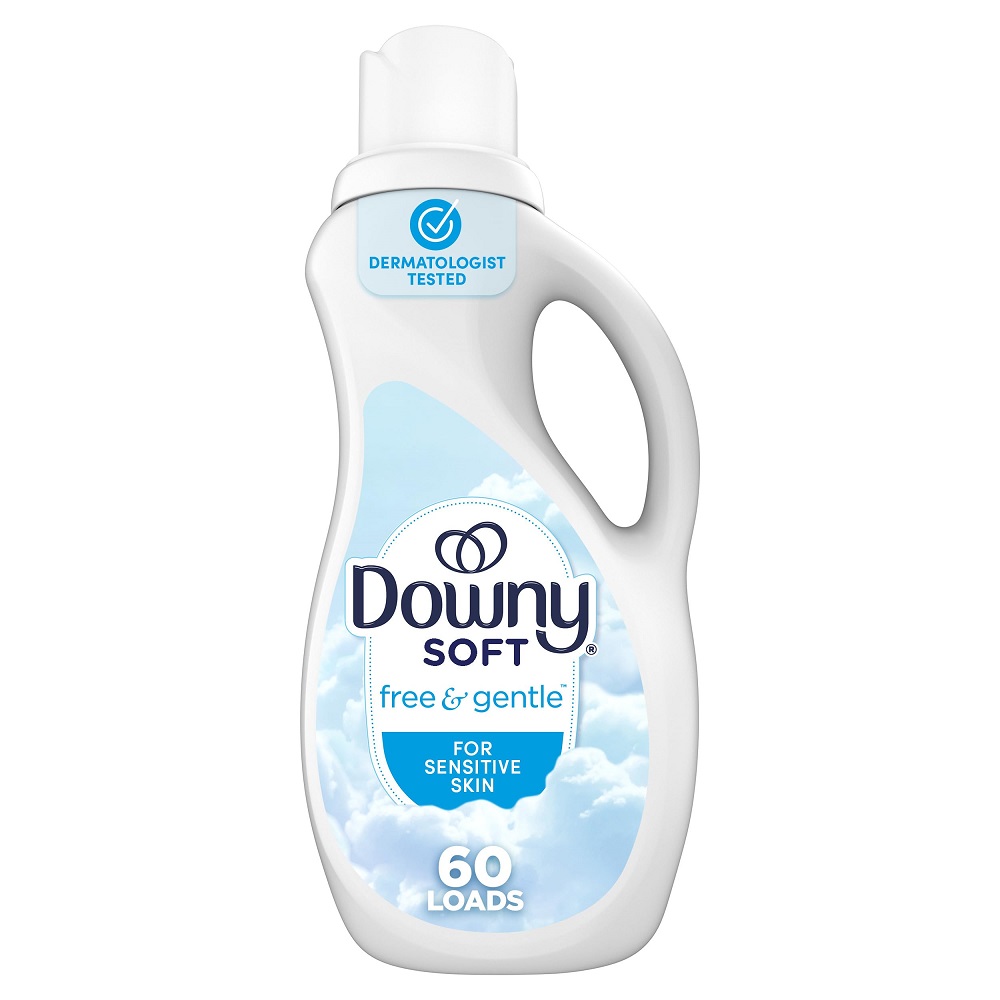Introduction to Fabric Softener
Fabric softener is a popular laundry aid. It makes fabrics feel softer and adds a fresh scent. Think of it as after-care for your clothes. Much like conditioner for your hair, it improves feel and manageability. Many wonder about fabric softener how to use correctly. Both in washing machines and during handwashing, its proper use is essential. Whether added to a machine drawer or used in a basin, it plays a key role. In this guide, we’ll explore its benefits, how to use it, and common misconceptions. Keep reading to learn the best ways to use fabric softener in your laundry routine.
Differences Between Fabric Conditioner and Softener
Despite their similar roles, there’s often confusion around fabric conditioner and fabric softener. It’s important to clarify that these two terms actually refer to the same laundry product. The misconception likely stems from varied branding and terminology used by different manufacturers. However, the function remains the same – both are designed to make clothes softer and add a pleasant scent to the laundry.
The fabric softener, which you also may know as fabric conditioner, works by coating the fibers of the fabric. This smoothing effect not only makes your clothes feel softer to the touch but also helps reduce static cling and can make ironing easier. Additionally, a quality fabric softener can protect the fibers from the wear and tear of washing, helping your clothes maintain their color and texture over time.

Some users might choose one term over the other based on regional preferences. For instance, ‘fabric softener’ is commonly used in the United States, while ‘fabric conditioner’ might be more prevalent in other parts of the world, such as the United Kingdom. Regardless of the term used, the intended result when you add the product to your laundry routine is the same: to leave your clothes feeling soft and smelling fresh.
To avoid any confusion, always check the label when purchasing and using the product. This will ensure that you’re applying the correct laundry aid for making your clothes more comfortable and easier to manage. Remember, no matter what you call it, consistency in proper usage is key for achieving the softest, freshest clothes possible.
Proper Usage of Fabric Softener in Washing Machines
Knowing how to correctly use fabric softener in your washing machine is essential. Proper usage can ensure your garments come out feeling soft and smelling great every time. Whether you have a front-load or top-load washing machine, the process may differ slightly. Here’s how to get it right, step by step.
For Front-Load Washing Machines
Front-load machines have a specific compartment in the detergent drawer for fabric softener. It’s usually marked with a flower symbol. Before starting your laundry:
- Measure the right amount of fabric softener. The dosage might vary, so check your product’s label.
- Pour the softener into the designated drawer compartment.
- Start your wash cycle. The machine automatically releases the softener at the best time during the rinse cycle.
- Close the drawer and let the washer complete the cycle.
Be sure not to overfill the compartment, as it can lead to spills or ineffective dispensing.
For Top-Load Washing Machines
Top-load washers might have a dispenser located in the central column or agitator. Here’s how to use fabric softener in these machines:
- Again, measure the correct amount of fabric softener according to package instructions.
- Add it to the dispenser. Don’t pour it directly on clothes.
- Proceed to start your washing cycle. The machine dispenses the fabric softener during the rinse cycle automatically.
Ensure you do not add the softener at the start of the wash as it could be washed away too early, reducing its effectiveness.
By following these instructions, you can maximize the benefits of fabric softener in your laundry, regardless of the type of washing machine you own.
Guidelines for Handwashing with Fabric Softener
Using fabric softener for handwashing is simple and effective. To get the best results, follow these guidelines:
- Wash clothing with detergent as you normally would.
- Rinse and remove all soap from the items.
- Fill your basin with clean water for the rinse.
- Dilute a tablespoon of fabric softener in a cup of water. This step is key.
- Add this diluted softener to the rinse water.
- Immerse your clothes and gently stir them in the water.
- Let the clothes soak for a few minutes with the fabric softener.
- After soaking, rinse the clothes thoroughly with clean water.
- Wring out the garments gently, being careful not to twist too harshly.
- Hang or lay flat to dry as the garment label suggests.
Remember, always look at the care labels before using fabric softener. Some materials may not be suitable for it. For towels, using fabric softener can decrease absorbency. So use it sparingly, perhaps every other wash. Store your fabric softener at room temperature and away from sunlight. Use it within three months for best performance. With these tips, your hand-washed clothes will come out soft and with a pleasant smell.
The Benefits of Incorporating Fabric Softener into Your Laundry Routine
Incorporating fabric softener into your laundry routine brings several advantages. First, the most immediate benefit you will notice is how much softer your clothes feel. The softener coats the fibers of your garments, reducing friction and resulting in a smoother touch. This not only improves comfort but also makes dressing easier, especially with snug-fitting clothes.
Another key benefit is the reduction of static cling. Static occurs when various fabrics rub together, especially in a dry environment like a dryer. Fabric softener helps to minimize this annoying issue by lubricating the fibers. This means fewer shocks and clinging clothes.
Using fabric softener can also ease ironing. It relaxes fabric fibers, making them less prone to wrinkles. With smoother fibers, your iron glides over your clothes more easily, reducing the time and effort to get that crisp, clean look.
For those with sensitive skin, fabric softeners can be a godsend. They can make materials gentler on the skin and reduce potential irritation caused by rough fabrics. Always pick a softener that is suitable for sensitive skin if this is a concern.
Lastly, the pleasant scent that fabric softener imparts on laundry cannot be overstated. It leaves your clothes smelling clean and fresh for longer periods. If you enjoy the scent of freshly laundered garments, fabric softener is a must in your routine.
When you understand fabric softener how to use it correctly, you unlock these benefits, enhancing not just the life of your clothes but your overall laundry experience.
Common Misconceptions and Usage Mistakes
Clearing up common misunderstandings and correcting mistakes is key to using fabric softener effectively. Here are a few points to help you avoid common pitfalls.
- Myth: Fabric softener and conditioner are different. As previously noted, they are the same. Don’t get confused by the labels.
- Mistake: Overusing fabric softener. Using too much can leave residues and reduce absorbency, especially in towels. Follow the recommended amount.
- Myth: Softener damages clothes over time. While not true for all textiles, some delicate fabrics may not react well. Always read care labels before use.
- Mistake: Adding softener directly to clothes. This can create stains. Always use the designated compartment or dilute it properly when handwashing.
- Myth: Fabric softener is a must for every wash. Not all laundry benefits from it and some items, like microfiber or sportswear, are best washed without it.
- Mistake: Assuming all softeners are the same. Different brands and types offer various scents and benefits. Pick one that suits your needs.
Avoiding these misconceptions and mistakes can significantly enhance your fabric softener how to use knowledge, ensuring your laundry comes out feeling and smelling its best.
Tips for Storing and Maintaining Fabric Softener Quality
To keep your fabric softener working well, proper storage is key. Here are simple tips to ensure its quality:
- Store in a Cool, Dry Place: Keep fabric softener away from heat and direct sunlight to prevent degradation.
- Keep the Cap Tightly Closed: This prevents the softener from drying out or absorbing moisture.
- Use Within Recommended Time: Fabric softeners are best used within three months for peak performance.
- Check for Consistency: Before each use, make sure the fabric softener hasn’t thickened. If it has, it may be time to replace it.
- Be Mindful of Expiry Dates: Pay attention to the product’s expiry date, and do not use it past this period.

By following these storage tips, you can maintain the effectiveness and fragrance of your fabric softener. This helps in achieving comfortable, fresh-smelling laundry each time you use it. By incorporating these fabric softener how to use guidelines into your routine, your clothes will benefit from the softness and scent fabric softeners are known for.
Conclusion: Enhancing Your Laundry Experience with Fabric Softener
Using fabric softener correctly can transform your laundry routine. It offers several perks for your clothes and comfort. We’ll summarize the key points to remember.
Firstly, fabric softener and conditioner are the same. Both terms describe a product that softens and scents your laundry. It’s vital to clear up this confusion to avoid hesitation in the aisle.
Next, always measure the softener. Whether for machine or hand wash, use the right amount. Too much can harm more than help. It could lead to buildup or reduced towel absorbency. Follow instructions for the best balance.
Remember the machine’s compartment sign for softener – often a flower symbol. For front-loaders, it goes in the drawer. Top-loaders have a dispenser in the middle. Get this right, and your clothes will come out soft without any extra work.
If handwashing, dilute the softener first. Add it to clean rinse water, not directly on clothes. This avoids stains and ensures an even spread.
The benefits of fabric softener can’t be ignored. It makes clothes soft, reduces static, and eases ironing. It’s also kind to sensitive skin and leaves a lasting fresh scent.
But, use it wisely. Check labels for fabric suitability. Some items, like sportswear, are better off without it. And remember, not all softeners are the same. Choose the one that fits your needs.
Store your softener in a cool, dry place, and use it within three months. Keep it away from direct sunlight to maintain quality. Check it before use; if thickened, it’s time for a new bottle.
By following these tips, your laundry will feel softer and smell great. Each wash will bring out the best in your clothes. Enjoy the comfort and freshness fabric softener can bring to your laundry routine.

